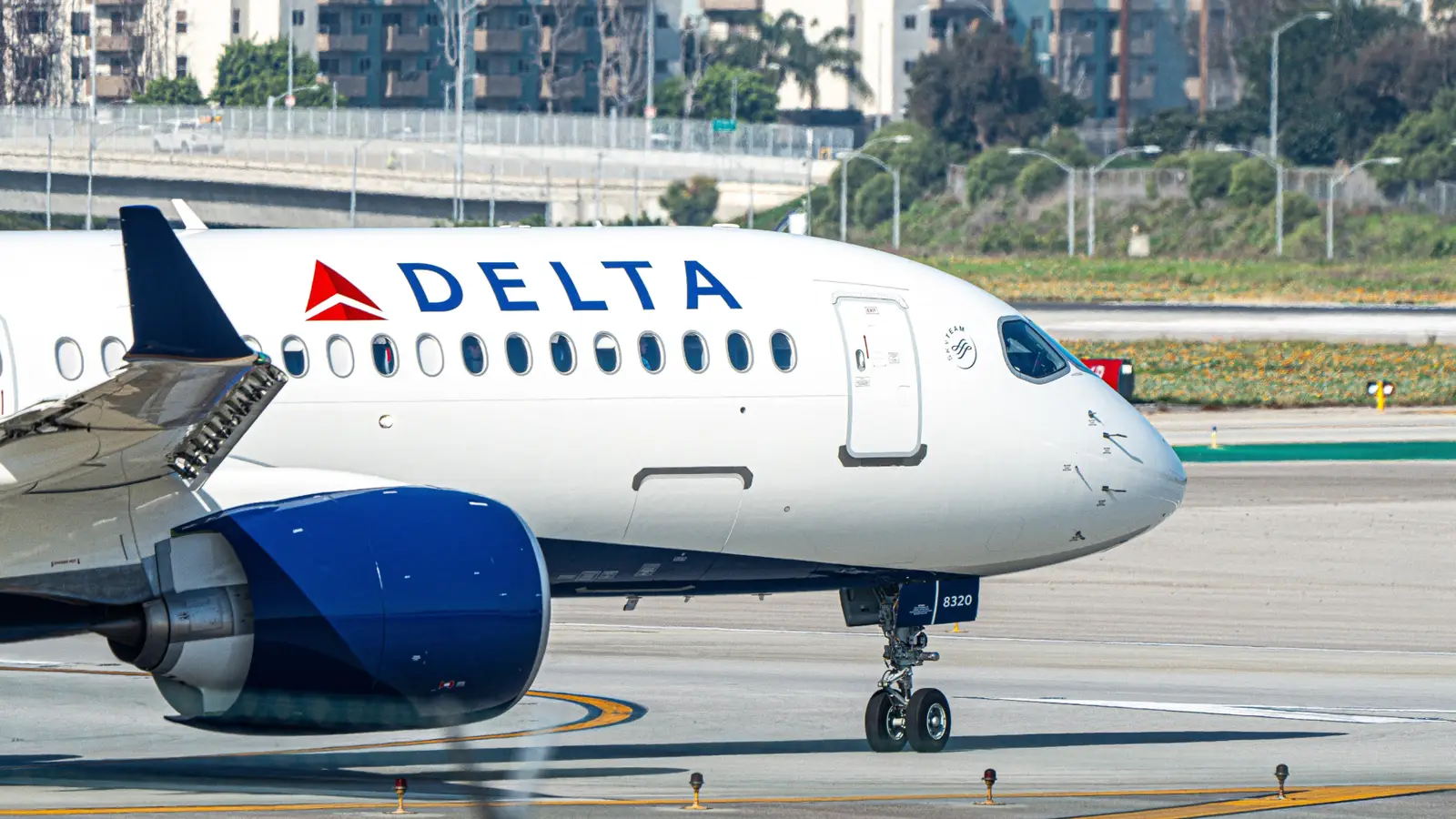
According to a statistical release from the Bureau of Transportation Statistics (BTS), U.S. airlines posted a $4.0 billion after-tax profit in the second quarter of 2025, an increase over the $3.8 billion that was recorded in the second quarter of the previous year. Overall revenue generation was around $66 billion, and expenses were around $61 billion, leading to pre-tax profits of around $5.0 billion. Net margins rose to around 6.1% while operating margins eased to 7.6%.
Domestic airline results weakened, with net margins sitting at just 4.6%, while international markets saw stronger performance, with net margins exceeding 10%. Fares comprised around 75% of overall revenue. The total expense share of fuel fell in relation to 2024, while labor, as a component of overall expenses, actually rose. The Bureau of Transportation Statistics notes that these figures may be revised, and if they are, new data will be published alongside third-quarter postings on December 17, 2025.
A Look At Recent Airline Performance
A look at recent trends in airline profitability demonstrates the seasonality of industry profits. Net income peaked last year in the second quarter and fell sharply during the shoulder seasons of Q1 and Q3. The fourth quarter saw holiday-boosted traffic lead to stronger performance, and the first quarter was a surprising trough, during which airlines actually recorded a marginal net loss. This reflected weak post-holiday demand, continued weather disruptions, and lingering cost pressures.
The second quarter of this year, despite issues and economic uncertainty related to tariffs and geopolitical tension, demonstrated outsized profits. This indicated a strong shift in demand and pricing recovery, as well as improved operational execution going into the summer months. With high-margin international travel picking up this summer, investors can have some confidence in airlines’ prospects.
What Is Driving The Industry’s Impressive Performance In 2Q25?
Despite macroeconomic headwinds, there were a few factors that drove airline industry outperformance in the second quarter of 2025. For starters, international travel was the industry’s principal profit engine, with the highest margins and the best performance in premium cabins. Input costs also declined notably, with fuel’s share of overall expenses falling quite significantly amid global declines in fuel prices. This was able to effectively offset higher labor figures.
The scale of revenue generation was also quite impressive, with fares accounting for roughly 75% of overall sales, demonstrating an increase in ancillary spending. Passengers are now, more than ever, expected to pay for unique upgrades and to gain access to the lounge, all things that will be sure to improve the nature of their in-flight experiences. Strong performance in premium cabins has helped sustain this premium revenue mix.
Operational reliability and capacity discipline also play a key role in this discussion. The gap between operating margins and net margins widened in airlines’ favor. Our bottom-line view is that stronger international demand, combined with cheaper jet fuel prices, served as the principal catalysts for strong airline industry financial performance earlier this year.
What Is The Bottom Line?
Airlines are incredibly cyclical businesses. The ebb and flow of the business cycle and macroeconomic headwinds tend to have a strong impact on airline performance. Costs for airlines are mostly fixed in the short run, as they fix capacity, labor, and other expenses in advance. Fuel prices are also typically locked in months in advance, as airlines will purchase futures or options contracts in order to hedge against exposure to higher fuel prices.
However, there are some situations where airlines will benefit despite macroeconomic uncertainty. Premium travelers this year kept flying throughout the early summer, despite troubling economic signals. This demonstrates continued resilience in these markets, which could bode better for airlines in the long run.
Furthermore, legacy carriers like United Airlines and Delta Air Lines continue to see more of their revenue mix come from non-seasonal sources. Namely, loyalty programs have become cash-generating assets for airlines.



